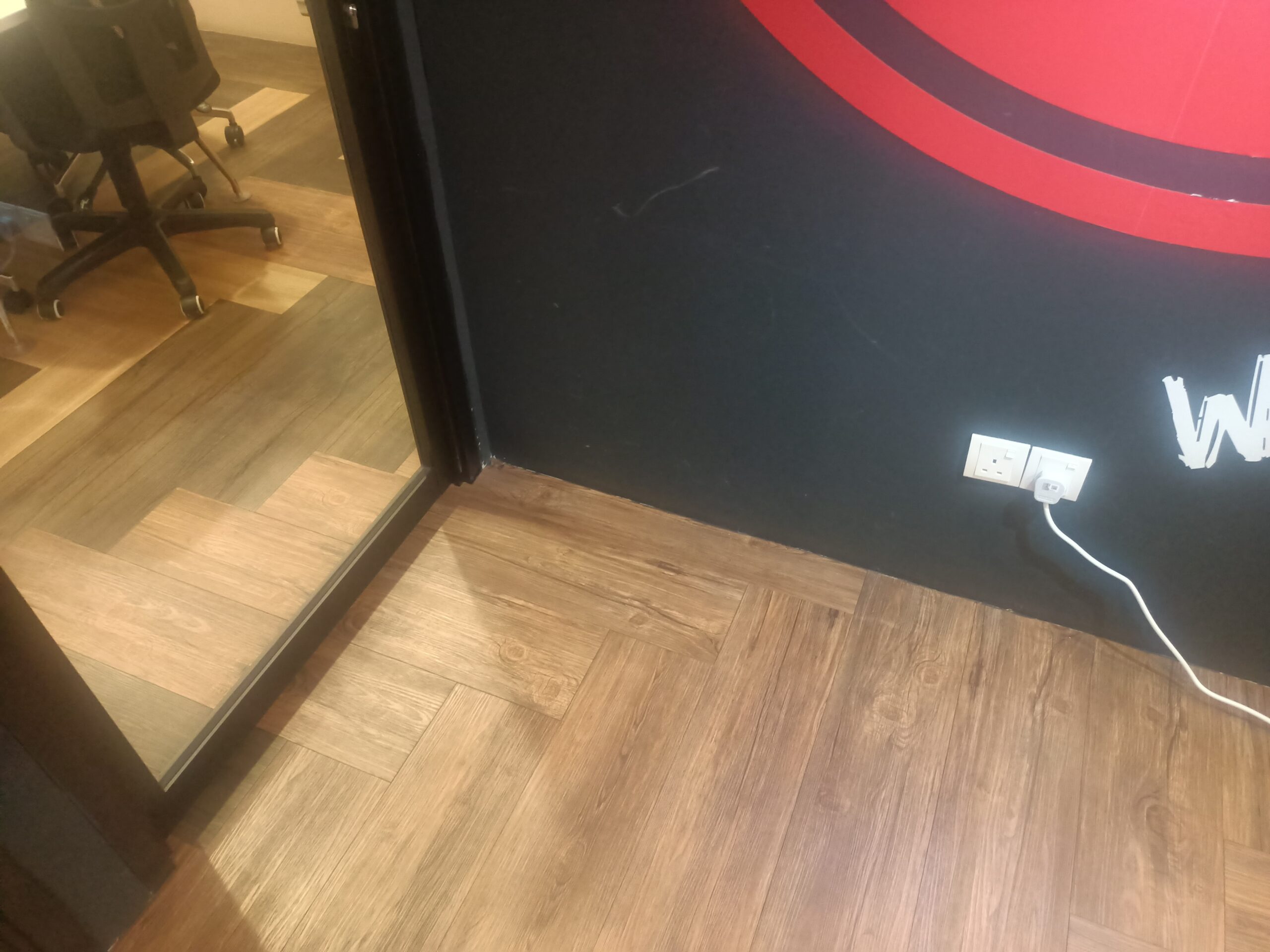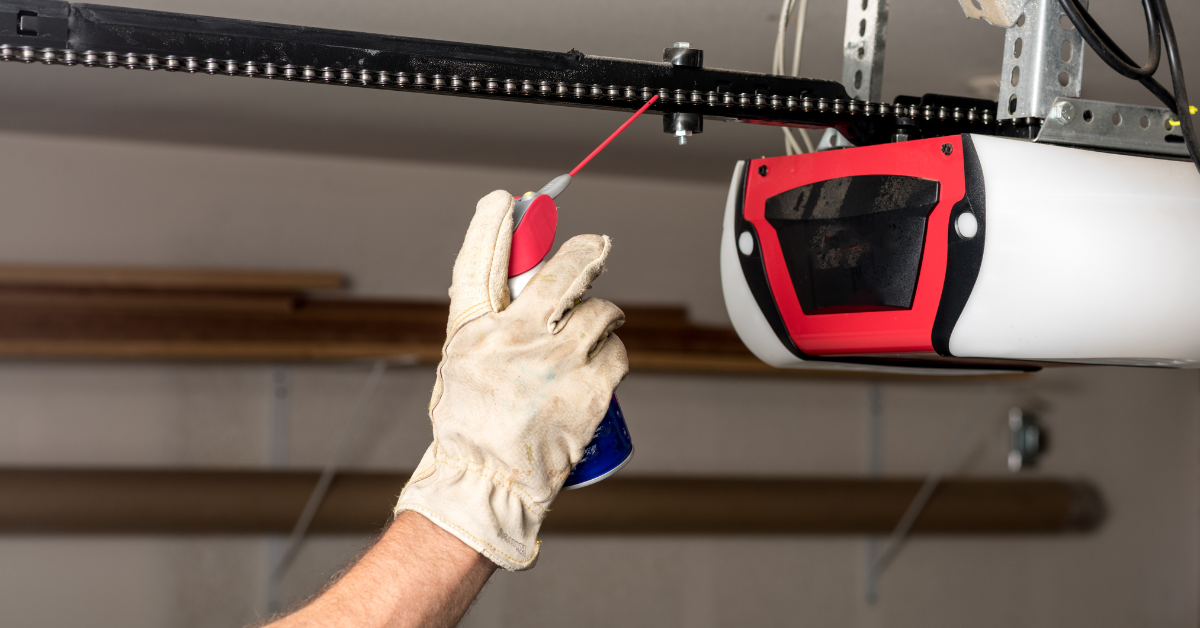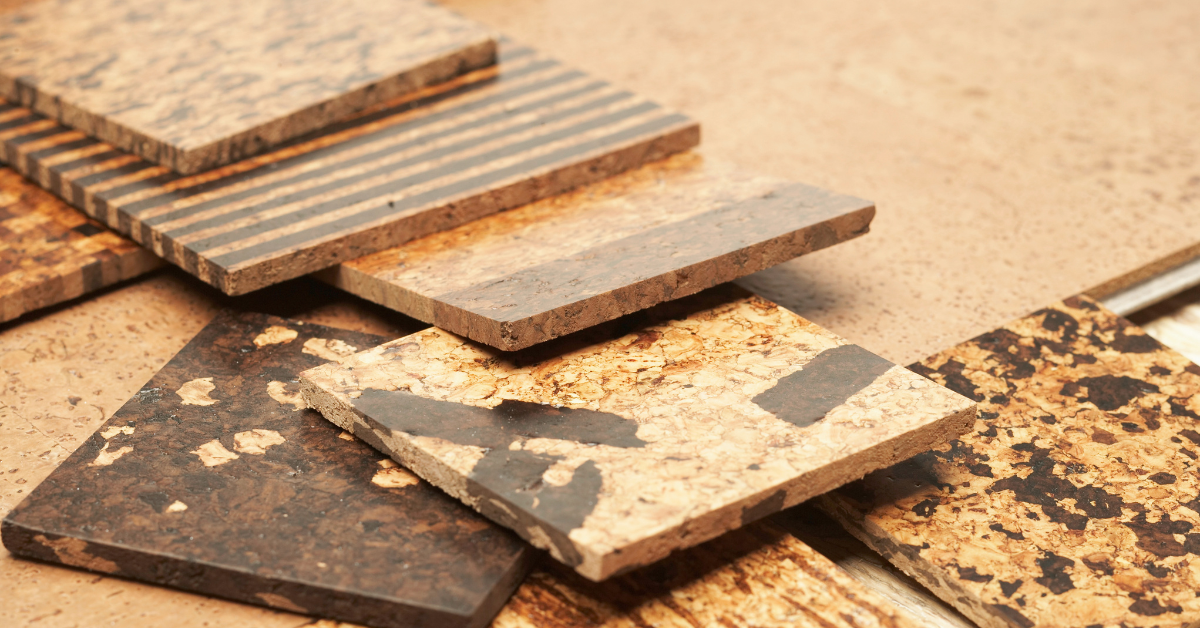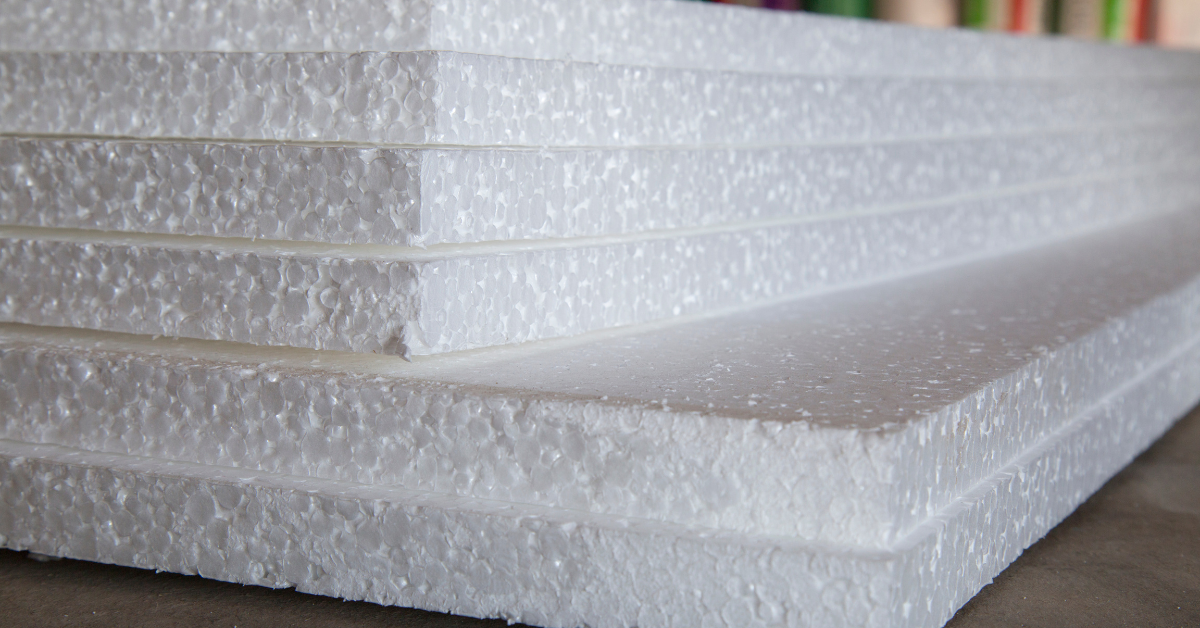To soundproof wood floor in your home or workplace, you need to weigh up the options.
What type of noise do you need to reduce (airborne or impact or both?). How much time do you have? And what’s your budget?
With all these variables, we decided to simplify this guide by dividing into ‘best for’; best for overall effectiveness in noise reduction, best for budget, and best time saver.
You can also read tips from a renovations professional who regularly soundproofs hardwood flooring.
Skip to:
- How loud are wooden floors?
- Best for noise reduction – new subfloor
- Best for budget – carpet underlay
- Best time saver – rugs or carpet
- Soundproofing wooden floors: FAQs
How loud are wooden floors?
Hardwood floors lend a charming, natural look to your home, and are pretty low maintenance. You should know, however, that they transmit more noise than most floorings.
Aside from surfaces such as concrete or marble, there aren’t many flooring types that transmit more impact (foot traffic) and airborne (TV, music and voice) to the room below. They are also echoey.
You should also know that a carpeted floor will always do a better job of reducing noise than the same floor without a carpet. But, like many of us, you may not want to put carpet over your hardwood floor (you can see the magnificent hardwood floor in my office in the photo below!).
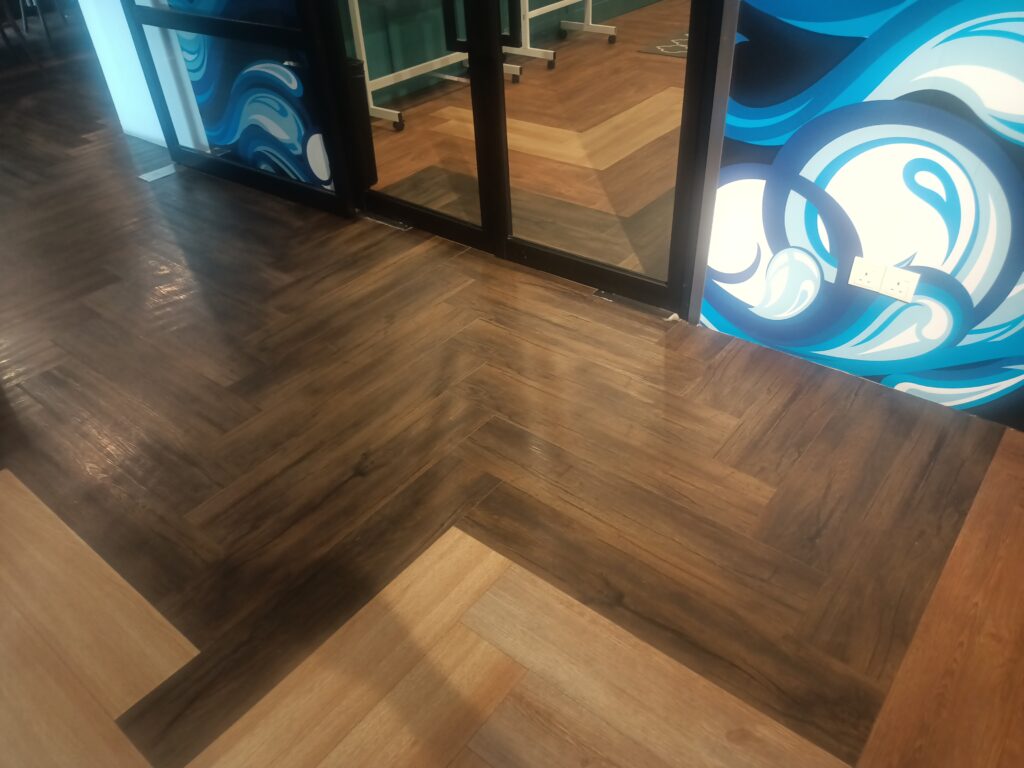
Whether you want to make your own home quieter or are being a considerate neighbor, learn to soundproof wood floor and solve the issue.
Best for noise reduction – new subfloor
The simple fact is, the more work, time and money you are prepared to put into soundproofing a wood floor, the better the results.
If you have serious noise issues from your hardwood floor, think about tackling the issue from the subfloor up.
You or your workmen will need access to the subfloor. Rebuilding your subfloor will require you to clear the room of furniture, and remove the existing flooring. It’s a higher cost of materials, and a longer project.
Once the joists of your subfloor are exposed, they can be cleaned and levelled or strengthened if necessary. Then, insulation such as mineral wool – also known as rock wool – can be put between them. Mineral wool is an excellent absorber of impact noise such as footsteps.
You can have joist caps fitted to reduce sound transmission via your subfloor to the ceiling below. Then plywood can be fixed to the joists, acting as a platform for the new floor. You can then add a soundproofing underlay, before your wooden floorboards are placed on top.
Best for budget – soundproofing underlay
If you don’t want to devote the time or money to taking up your entire floor, that’s understandable.
The good news is there are some excellent soundproofing options without having to do work on your subfloor.
Perhaps the best of these is soundproofing underlay. There are various types of underlay available. It will sit underneath your hardwood floor and absorb or block noise, stopping sound from travelling through the ceiling into the room downstairs.
You can weigh up options for soundproofing underlay in this guide we produced. Here are some recommendations:
Felt underlay – is a good all-rounder that will reduce impact noise, as well as improve acoustics in your room. Like many types of underlay, it also offers heat insulation.
Rubber underlay – is perfect for absorbing impact noise. If footstep noise to the room below is one of the reasons you are soundproofing, then opting for an underlay that is rubber or part-rubber makes sense.
MLV underlay – thanks to its high density, MLV is an outstanding noise blocker. However, it is better at blocking airborne noise such as TV and talking. For this reason, you should combine it with another underlay if footsteps are also a problem.
Ross Zaicevas is the founder of Ez Con Hardwood Floors in Toronto, Canada. He has been soundproofing hardwood floors since 2008. Asked for his advice, Ross advocated going down the underlay route, and also suggested the alternative idea of using a soundproofing compound such as Green Glue. He said:
“For the best soundproofing results in condo buildings or residential homes make sure to use underlayment or glue with appropriate soundproofing rating.”
You can see Ross’s work below, in this photo of soundproofing glue applied beneath a hardwood floor.

Best time saver – rugs or mats
If you are reading this article on how to soundproof wood floors, we are assuming that you don’t want a carpet. So, we won’t try and convince you otherwise.
Research shows that carpet will add around 0.20 to the Noise Reduction Coefficient (NRC) of a floor. That means it will reduce noise transmission by an extra 20%. An uncarpeted wooden floor offers an NRC of around 0.10-0.15.
Carpet helps to absorb impact noise by adding an extra layer. But you can get the same effect, perhaps to a lesser degree, with rugs. And as we all know, rugs look stylish on a wooden floor.
Placing rugs around your hardwood floor will also reduce echo within the space, improving acoustics, and doesn’t require any carpentry work.
Rubber mats are a cruder, but more effective option for absorbing impact noise. They won’t look great on a hardwood floor. But you could strategically place them in areas of the floor where there is most foot traffic. And in a kids’ playroom, they offer the dual benefit of making the surface softer and safer.
Soundproofing wooden floors: FAQs
Did we miss something? Let’s round off with a few FAQs covering topics that haven’t been covered above:
Why do I need to soundproof my hardwood floor?
Hardwood floors, while attractive, can generate a lot of noise due to their hollow construction that allows vibrations to travel. Whether it’s footsteps, dropped items, furniture movement or pets running around, wooden floors are one of the surfaces that transmit the most impact noises downstairs.
Will new hardwood flooring planks make the floor quieter?
New flooring on its own will not significantly improve noise levels. The problem is noise transmitted through the hollow cavities beneath the floor, which still need sound insulation.
Do I need to refinish the floor after installing soundproofing?
No, the soundproofing is installed underneath the hardwood planks. For this reason, you shouldn’t need to refinish or replace the flooring on top.
Can soundproofing resolve squeaky floors too?
Yes, sound insulation such as soundproofing underlay helps resolve squeaks. It does this by cushioning the hardwood from subfloor impacts that lead to noises when stepped on.

